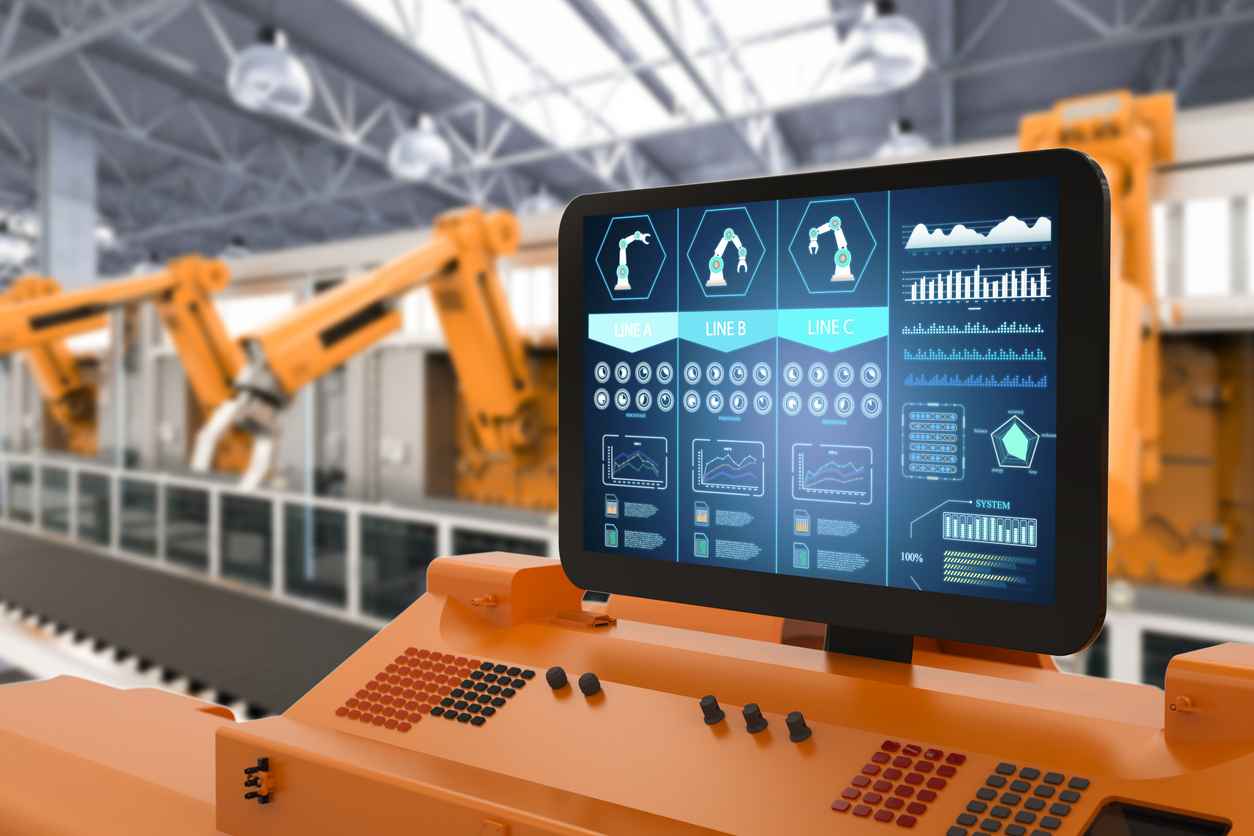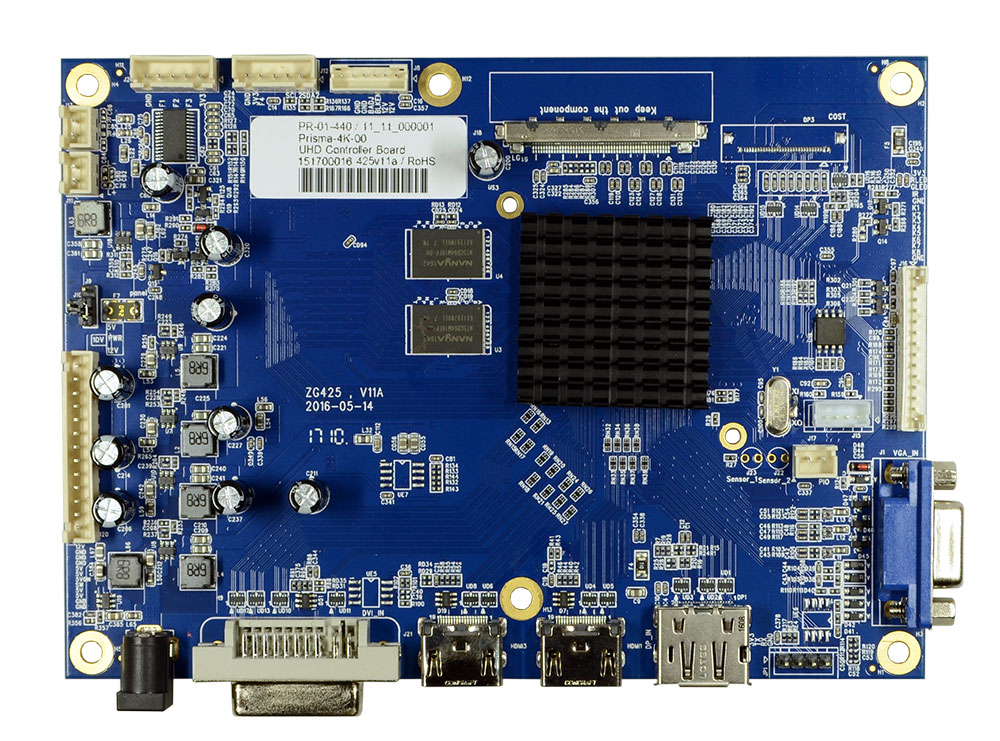
The Importance of Optical Bonding in Harsh Environments
June 30, 2025
Optical bonding has become a game-changing technology in industries where reliability, clarity, and durability are non-negotiable. Whether it’s in outdoor kiosks exposed to direct sunlight, rugged industrial machinery, marine navigation systems battling salt spray, or military equipment enduring extreme conditions, optical bonding ensures that displays remain readable, resilient, and reliable.
At Fortec US, we recognize how vital it is for displays to withstand harsh environments without sacrificing performance. Let’s explore why optical bonding is so critical in these challenging applications.
What is Optical Bonding?
Optical bonding is the process of laminating a protective cover glass or touchscreen directly onto a display (like an LCD or TFT) using a layer of special adhesive. This adhesive layer eliminates the air gap that typically exists between the display and the cover glass.
By doing this, optical bonding significantly improves the mechanical strength, optical performance, and environmental durability of the display.
Why Optical Bonding Matters in Harsh Environments
1. Reduced Reflection and Better Readability
In outdoor and high-brightness environments, light reflections on display surfaces can render screens unreadable. Optical bonding dramatically reduces internal reflections by eliminating the air gap between the cover glass and the display. This increases contrast and ensures clear, sharp visuals even under direct sunlight — a major benefit for outdoor digital signage, marine displays, and field equipment.
2. Enhanced Durability and Impact Resistance
Harsh environments often mean exposure to physical stress: shocks, vibrations, and even direct impacts. The bonding layer helps reinforce the display structure, increasing its resistance to cracking, scratching, and shattering. This makes bonded displays ideal for industrial equipment, transportation systems, and military applications.
3. Improved Moisture and Dust Protection
Air gaps inside unbonded displays can allow condensation or dust to accumulate over time, especially when operating in humid or dusty conditions. Optical bonding effectively seals these gaps, preventing fogging and maintaining clear visuals in environments like factory floors, outdoor kiosks, and coastal installations.
4. Better Performance Across Temperature Extremes
Displays in harsh environments often face wide temperature fluctuations. The adhesive used in optical bonding helps absorb thermal stress, reducing the risk of internal condensation and ensuring reliable performance across temperature extremes.
Applications that Benefit From Optical Bonding The Most
Optical bonding has become a critical feature in display solutions for:
- Marine and Offshore Navigation Systems: Sunlight readability and salt spray resistance are essential.
- Outdoor Digital Signage and Kiosks: Displays are exposed to changing weather and bright daylight.
- Industrial Control Panels: These require rugged displays that withstand dust, moisture, and vibration.
- Military and Defense Systems: Impact resistance and clarity in varied light conditions can be mission-critical.
Fortec US: Your Partner in Advanced Optical Bonding
At Fortec US, we specialize in providing advanced optical bonding solutions like VacuBond®, the industry’s most advanced form of display optical bonding. Our solutions ensure:
- Superior optical clarity
- Reliable durability
- Long-lasting protection against moisture, dust, and thermal cycling
Whether you need displays for outdoor kiosks, rugged industrial equipment, or specialized marine systems, we help you build solutions that meet the toughest demands.
Ready to explore how optical bonding can improve your project’s performance and durability? Contact Fortec US today to learn more about our optical bonding services and display solutions.

The Benefits of Touchscreen Integrated Displays
December 8, 2025

Why Retailers Need Stronger Cybersecurity Strategies During the Holidays
December 5, 2025

Staying Safe This Season: Cybersecurity Tips for Online Shoppers
December 2, 2025

What Makes a Display Industrial Grade?
November 6, 2025

How Display Technology is Shaping the Future of Communication
November 5, 2025

How Prisma TFT Controllers Simplify Display Integration
October 28, 2025


